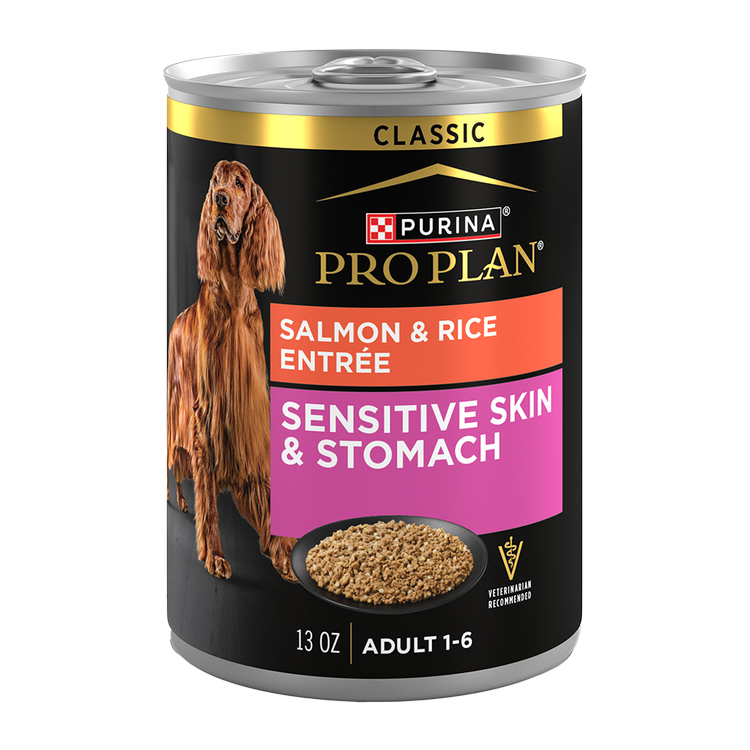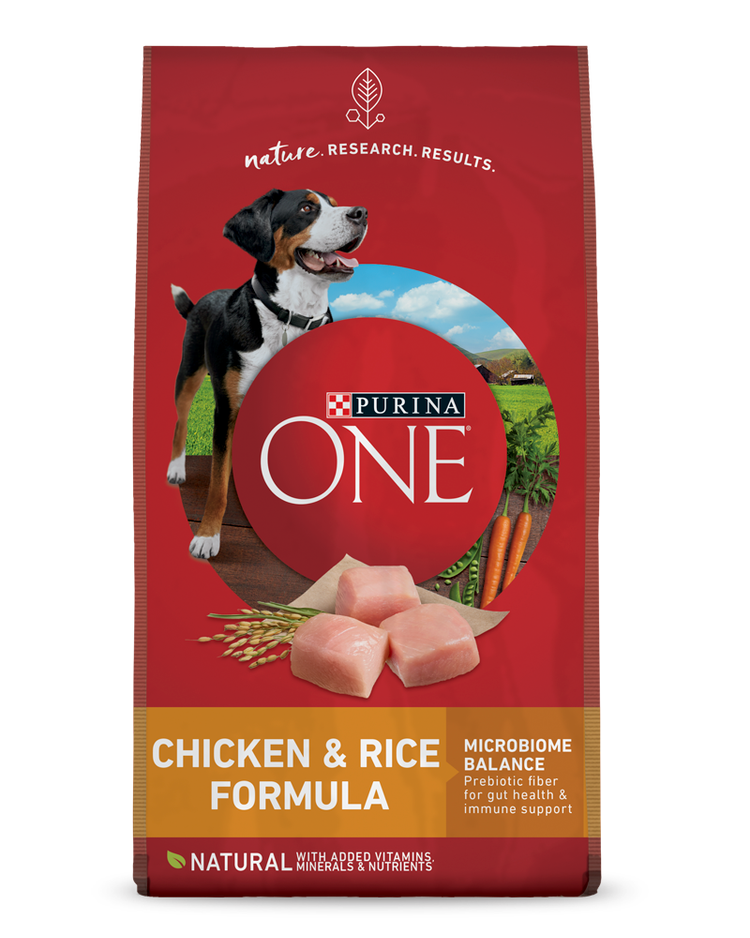Havanese

- Size:Toy
- Height:Males: 9 to 11.5 inches; Females: 8.5 to 10 inches
- Weight:Males: 8 to 13 pounds; Females: 7 to 12 pounds
- Coat:Long
- Energy:Medium
- Activities:Agility, Conformation, Obedience, Rally Obedience
Hailing from Havana, Cuba, the Havanese is a sturdy toy breed with a cheerful and affectionate disposition.
Temperament
Although some toy dog breeds can be territorial and aggressive, the Havanese is happy, outgoing and friendly to humans and other animals alike. He’s intelligent, easy to train and eager to please.
The Havanese is an ideal family dog, as he gets along well with children. Though he’s not aggressive, his keen eye makes him a good watchdog as well.
To keep the spring in his step, the Havanese needs moderate exercise daily. Short walks or indoor or outdoor family playtime will help keep him happy and healthy.
Characteristics
The Havanese is small but sturdy, with a longer body than he is tall. The breed is easily recognized by the long double coat and a tail that curls forward.
Some Havanese dogs can have a corded coat with some effort.
Lifespan
14 to 16 years
Colors
The Havanese breed includes a vast array of colors and markings.
Shedding
The long, potentially hypoallergenic coat does not shed but requires regular grooming to keep it tangle- and mat-free. Havanese puppies have a softer, shorter coat.
Health
Like other small breeds, the Havanese may become overweight or obese. A complete and balanced diet and daily exercise is essential to maintaining ideal body condition.
The breed is generally healthy, but may be more prone to vision and hearing disorders, heart murmurs and hip and knee problems. Responsible breeders screen their stock to help eliminate these conditions.
Best Dog Food for Havanese Dogs & Puppies
Because of the Havanese’s small size, he may benefit from and even prefer a toy or small breed dog food. The smaller-sized kibble is easier for toy breeds to chew.
Small or toy breed puppy food is ideal for Havanese puppies to ensure the food is not only easy to chew, but has all the essential nutrients needed for growth and development.
History
The Havanese is a descendant of the ancient Bichon breeds, whose relatives include the Bichon Frise and Maltese. The breed’s ancestors came to the island of Cuba in the 1600s, around the time the Italians and Spaniards were colonizing the new world.
Originally a pampered lap dog of the island’s aristocratic sugar barons, his role later evolved to include companionship, watchdog and even herding poultry.
When many Cubans fled the island and Fidel Castro, they brought this toy breed with them. The breed was refined and thrived, thanks to American fanciers. It’s now a popular dog worldwide.
Facts
- The Havanese is the only native breed of Cuba, named for the capital city of Havana.
- The breed was once known as “Blanquito de la Habana,” or the Havana Silk dog.
- Two famous writers owned Havanese dogs: Charles Dickens and Ernest Hemingway.


